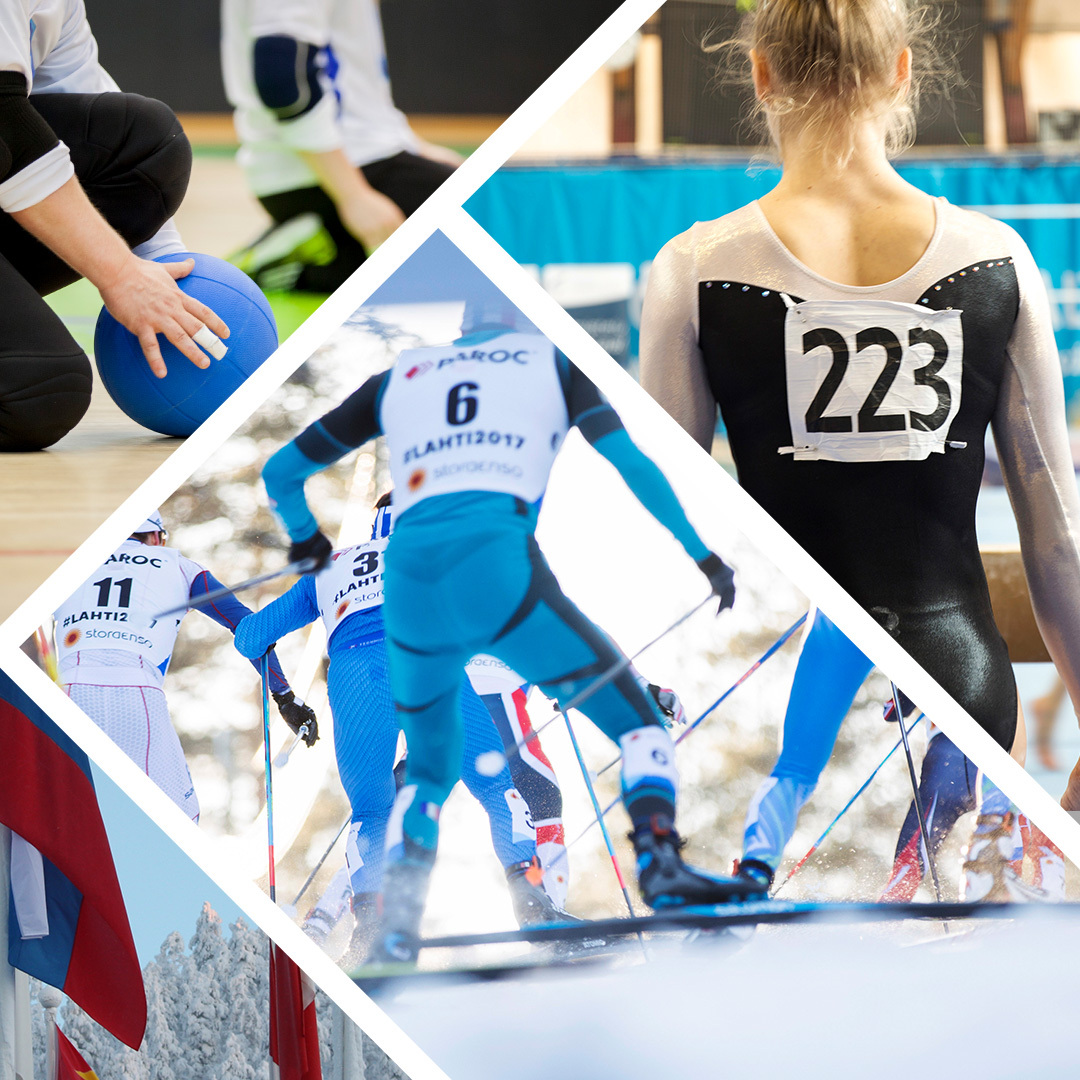Some of the medicines used to treat asthma are permitted in sports, but some of the commonly used medicines are prohibited substances. According to WADA’s guidelines, athletes must primarily use permissible products. If an athlete who falls under the FINCIS’ discipline specific level determination must use a prohibited medicine, a therapeutic use exemption must be applied for.
Asthma is a chronic pulmonary disease that is associated with the inflammation of the mucous membranes of the bronchial system and the increased susceptibility bronchoconstriction. Mucous membrane inflammations are treated with an inhaled glucocorticoid that aims to prevent inflammatory reactions in the lungs. The constrictions of bronchial tubes are prevented and opened with a medicine such as β2-agonists. Nearly 10% of people in Finland suffer from asthma, which is why there are a lot of athletes with asthma as well. Endurance sports in cold environments increase the susceptibility to asthma.
The most common permissible pharmacological substances used in the treatment of asthma include inhaled glucocorticoids and limited doses of inhaled β2-agonists (salbutamol, formoterol, salmeterol and vilanterol). Other β2-agonists are prohibited at all times, even when inhaled. Glucocorticoids are prohibited during competitions when administered oral, rectal or injection.
β2-agonists
β2-agonists belong to the category of bronchodilating asthma medications as they dilate constricted bronchial tubes and prevent bronchoconstriction. β2-agonists such as fenoterol, terbutaline and indacaterol are prohibited at all times and their use requires a therapeutic use exemption if the user falls under the FINCIS’ discipline specific level determination. As an exception, the following inhaled products are permitted:
- inhaled formoterol: maximum permitted dose 54 micrograms over 24 hours in divided doses not to exceed 36 mikrograms over 12 hours starting from any dose. However, the athlete must have a TUE for the use of formoterol with all doses, including when used by inhalation, if the athlete has a TUE for S5 category diuretics (for example, furosemide, hydrochlorothiazide, spironolactone) or masking agents.
- inhaled salbutamol: maximum permitted dose 600 micrograms over 8 hours or 1,600 micrograms over 24 hours. However, the athlete must have a TUE for the use of salbutamol with all doses, including when used by inhalation, if the athlete has a TUE for S5 category diuretics (for example, furosemide, hydrochlorothiazide, spironolactone) or masking agents.
- inhaled salmeterol: maximum permitted dose 200 micrograms over 24 hours and
- inhaled vilanterol: maximum permitted dose 25 micrograms over 24 hours.
If inhaled in higher doses, for example, as a respirator solution in the event of an asthma attack, or used through other routes of administration (as tablets or a mixture, for instance), these substances are prohibited in sports and require a therapeutic use exemption.
Glucocorticoids
In the pharmacological treatment of asthma, it is important to control the asthma inflammation with inhaled glucocorticoids, which is why they are called therapeutic asthma medications. Inhaled glucocorticoids are permitted in sports.
In the event of an acute exacerbation of asthma or a severe asthma attack, orally or intravenously administered glucocorticoids may be required. However, glucocorticoids administered orally, rectally or injection are prohibited in-competition period. If an athlete who falls under the FINCIS’ discipline specific level determination participates in competitions during the use of medication, the athlete must have a valid therapeutic use exemption for the prohibited glucocorticoid treatment in question. If the glucocorticoid treatment has been discontinued out-of-competition during the washout period the concentration of the prohibited medicine may exceed the reporting limit of the doping sample during a competition. However, the athlete can apply for a therapeutic use exemption retroactively after the positive doping test result in accordance with the International Standard for Therapeutic Use Exemptions (if the athlete has not applied for it in advance) when a prohibited glucocorticoids has only been used out-of-competition within the washout period (but not in-competition period). In this case, it should be ensured in advance that the terms and conditions related to the granting of a therapeutic use exemption are fulfilled. The athlete should have medical file prepared and ready in case an application for retroactive TUE is necessary following doping test. The in-competition period starts on the day preceding the competition at 11:59 p.m., unless otherwise specified.
*When administered intravenously or as tablets, the washout period, i.e. the time between the last dosage and the start of the in-competition period, is three days except for triamsinolone 10 days.
Minimum requirements for medical records when applying for a therapeutic use exemption
The criteria for granting a therapeutic use exemption regarding the diagnosis of asthma specified in WADA’s guidelines are slightly stricter than the normal treatment policy applied in Finland. Grounds for not using a permissible alternative must be presented when applying for a therapeutic use exemption. An additional criterion for granting a therapeutic use exemption is an asthma diagnosis backed up by a spirometry test. When an athlete applies for a therapeutic use exemption for an asthma medication, the medical records must include at least the following information:
- full medical history related to asthma
- results of a clinical examination performed by a physician, especially with regard to respiratory organs
- results of a spirometry test that indicate one of the following:
- reversibility of bronchoconstriction following the use of inhaled short-acting β2-agonist (forced expiratory volume in one second (FEV1) is improved by at least 12%)
- hyperresponsiveness and bronchoconstriction diagnosed with a suitable provocation test
- the speciality, full name and contact information (address, telephone number and e-mail) of the physician who performed the examination
- medical grounds for why this specific prohibited medicine in sports, is needed for the treatment, if there exists a corresponding alternative, which is permitted in sports.
Note! An asthma diagnosis made before the onset of puberty must be made again after the puberty before applying for a therapeutic use exemption.



